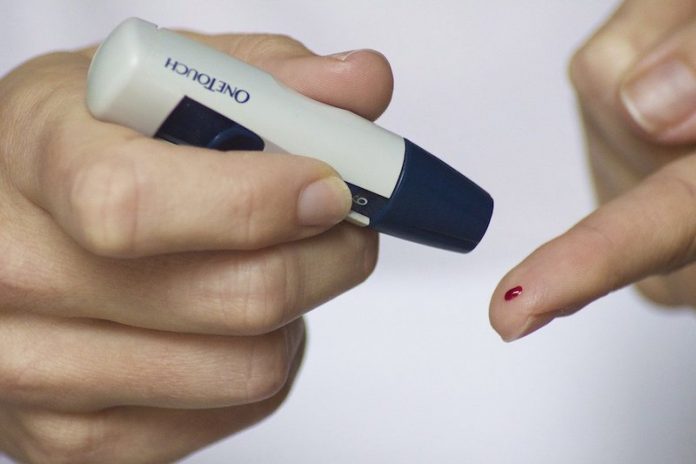
As COVID-19 continues to rage across the U.S., researchers are digging deeper into how the virus wreaks havoc on the body, especially for those with a pre-existing chronic illness.
In a new study, researchers found why high blood sugar may trigger worse outcomes in people infected with the COVID-19 virus.
They also developed a blood sugar management tool that may help reduce the risk of secondary infections, kidney issues, and intensive care stays in people with diabetes, prediabetes, or obesity who get COVID-19.
The research was conducted by a team at Michigan Medicine and elsewhere.
In the study, the team tested 200 COVID-19 patients with severe hyperglycemia (high blood sugar).
They suspected the low grade, inflammatory nature of diabetes could promote the virus’s inflammatory surge, resulting in insulin resistance and severe hyperglycemia.
Specifically, these patients are at an increased risk for mechanical ventilation, kidney replacement therapy due to kidney failure and requiring medications known as vasopressors to stop dangerously low blood pressure or steroids to combat acute respiratory distress syndrome.
The research team developed a tool to identify and manage high blood sugar in COVID-19 patients, placing them into certain risk categories that looked at hyperglycemia severity, presence of obesity, level of insulin resistance, the extent of kidney dysfunction, and evidence of rapid changes in inflammatory markers.
The newly created hyperglycemia management aimed to find a way to monitor patients’ diabetes without having to use more personal protective equipment to visit the rooms all the time.
It was also important to reduce the health care provider’s exposure to the virus as much as possible.
Although typically accurate, a continuous glucose monitor wouldn’t be as helpful because a patient’s low blood pressure and the use of blood pressure medications could falsely elevate blood sugar levels.
The new protocol called for insulin delivery every six hours, and at the same time a nurse would check in on the patient.
Some patients who were on ventilators or receiving high doses of Vitamin C would get their arterial or venous blood sugar levels checked, replacing the need for the team’s blood sugar check.
For those with the highest blood sugar levels and severe hyperglycemia, insulin infusions were an option for patients until their levels fell between a normal range.
The result of these efforts helped successfully lower blood sugar levels without increasing nurse contact or the overall burden on primary care teams and PPE usage.
One author of the study is Roma Gianchandani, M.D., a professor of internal medicine.
The study is published in Diabetes.
Copyright © 2020 Knowridge Science Report. All rights reserved.



